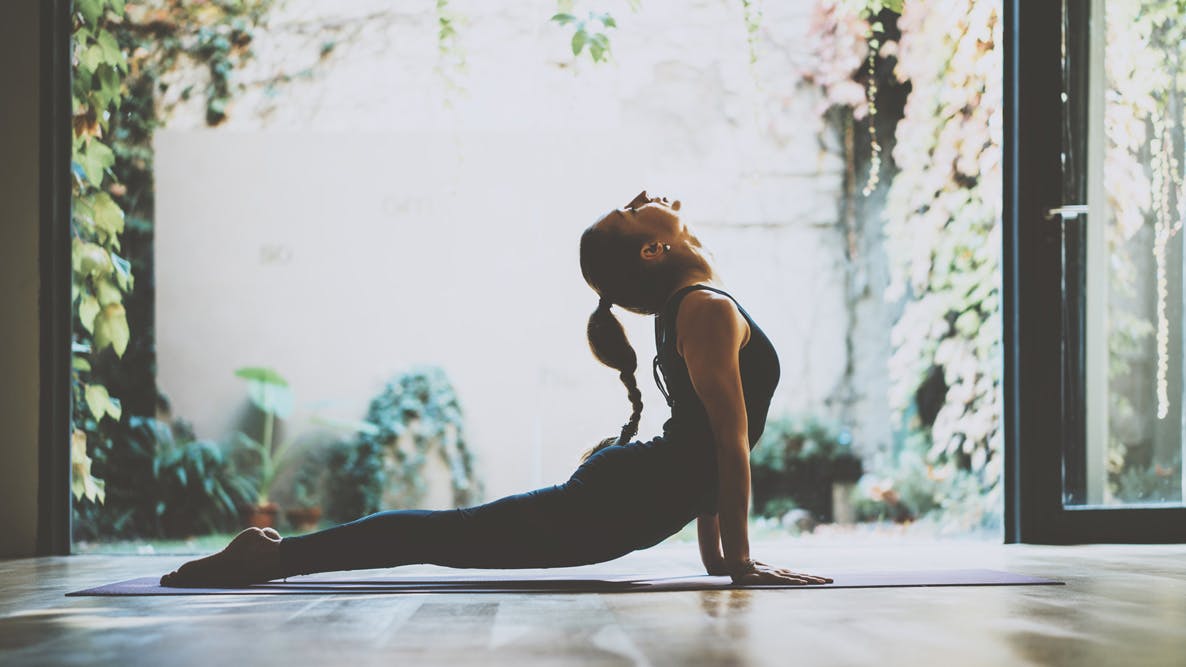Design Research Lessons from the Yoga Mat
The mindful practice of yoga offers some valuable lessons for design research.
Design Research Lessons from the Yoga Mat
Let's build something together.
Women in design: 8 ways your origin story can make you a better designer
Only about 19% of professional industrial designers in the United States are women.
Read more
Stop Design Thinking From Becoming 'Innovation Theater'
Too many times design thinking projects fall victim to the trappings of innovation theater. Here's how not to let that happen.
Read more
How STEEPLE Analysis Informs Design Strategy
STEEPLE analysis is a tool for scanning your external environment. It helps teams understand phenomena and imagine new opportunities.
Read more
Reflections on Delve Talks, Part 2: Building a Culture of Innovation
For our Delve Talks podcast, Dave Franchino and I had the opportunity to interview a dozen people from various industries, all of whom share a common interest, desire and occupation that involves innovation, creativity and culture building. You can find the whole series here.
Read more
Reflections on Delve Talks, Part 1: Building a Culture of Innovation
For our Delve Talks podcast, Dave Franchino and I had the opportunity to interview a dozen people from various industries, all of whom share a common interest, desire and occupation that involves innovation, creativity, and culture building. You can find the whole series here
Read more
Bend, don’t break
(Any Day But) Tuesday…
If it was Tuesday, you could guarantee there was no electricity. You couldn’t iron your clothes, watch TV or turn on the lights. You’d do anything to have a portable fan blast air on your face on a crushing summer afternoon, but you couldn’t.
Read more
